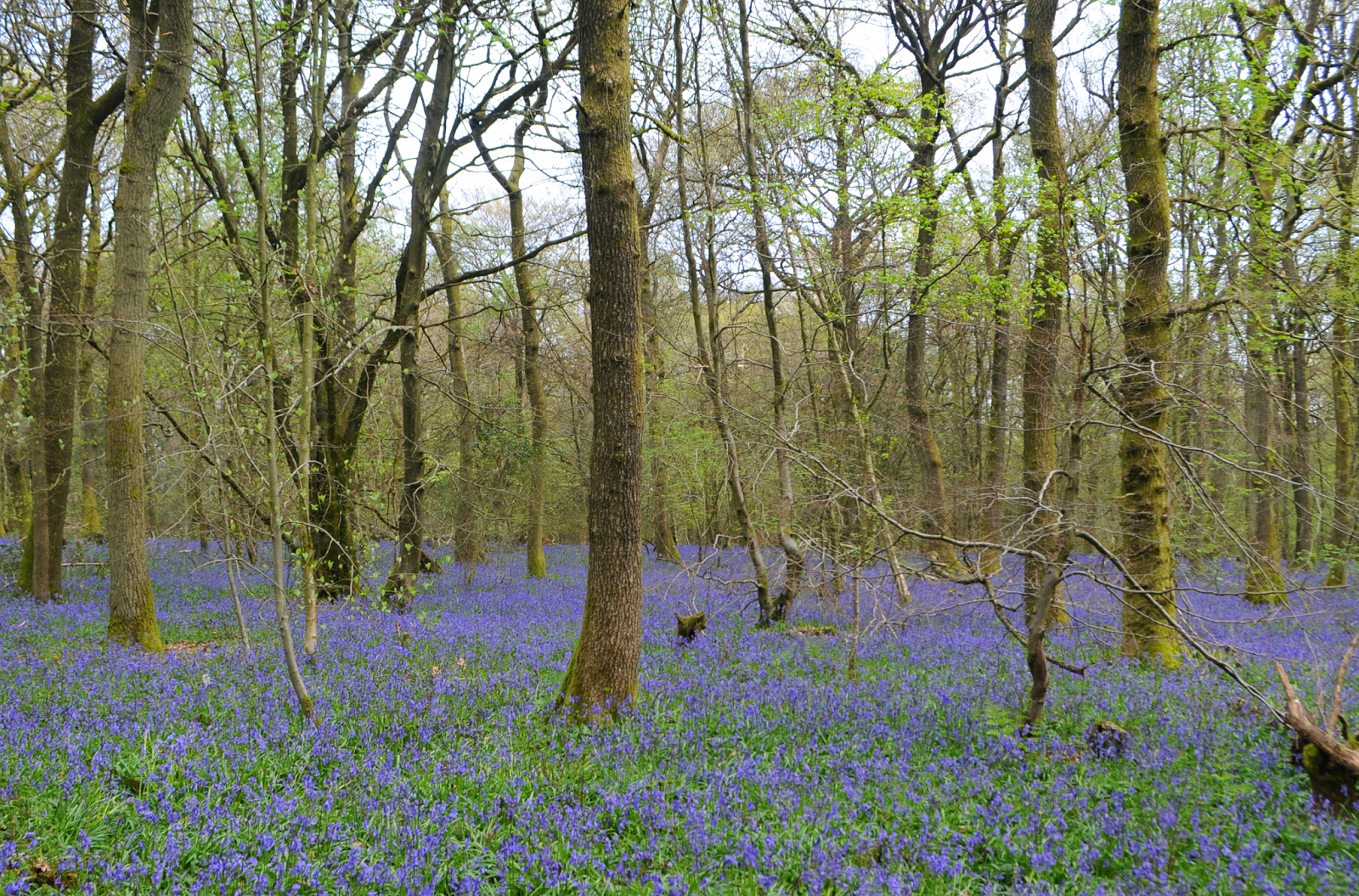I haven't put the moth trap out in the garden since
catching that Blossom Underwing last Friday, but some afternoon netting has turned up more colourful goodies in the past few days- notably the first record of
Pammene rhediella for the garden, and a rather colourful
Cydia strobilella. The latter is described as 'uncommon and very local' in VC17, usually associated with established spruce plantations. In the immediate area, the species appears to be thriving well off a large spruce tree two gardens down, with 2014 being the 4th consecutive year of recording it.
 |
| Pammene rhediella |
 |
| Cydia strobilella |
Probably the best find of late was caught on Wednesday morning in the bathroom shower, of all places, in the form of the nationally scarce Desmestid beetle
Megatoma undata. Unlike other beetles in the same family, this is a non-introducted species usually found in dead-wood, well away from human habitation. This is clearly an interesting record of an insect keeping on top of personal hygiene...
 |
| Megatoma undata |
Yesterday I went in search of
Orange Underwing (
Archiearis parthenias) and
Light Orange Underwing (A.
notha) in a few of the south London parks, but failed miserably to locate anything other than an early
Cryptoblabes bistriga, a characteristic pyralid of oak woodland. A brief stop at Esher Common produced a small flock of
Common Crossbill feeding in pines along the A3, as well as some neat
Green Tiger Beetles and large swarms of the heather-feeding leaf beetle,
Lochmaea suturalis.
 |
| Cryptoblabes bistriga |
 |
| Green Tiger Beetle |























































